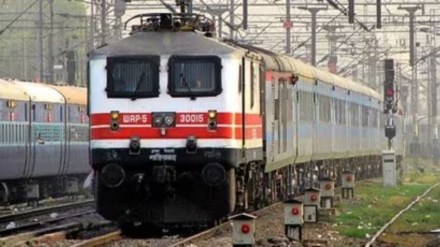Due to the rising volume of passenger and freight traffic in Bengaluru, the Railway Board has given the green light to South Western Railways’ plan to implement an Automatic Signalling System in the Bengaluru region, The Indian Express reported. This initiative aims to notably enhance the line capacity and efficiency.
Which sections has the Railway Board sanctioned signalling works on?
The Railway Board has approved the implementation of automatic signalling systems in the following sections:
Bangalore city – Yeshvanthpur – Yelahanka, covering a distance of 17.75 km.
Yeshvanthpur – Arasikere section, spanning 160.65 km.
Lottegollahalli – Hosur section, extending over 63.6 km.
Whitefield – Jolarpet section, covering 119 km.
Baiyyappanahalli – Penukonda section via Channasandra, with a length of 139.8 km.
Bangalore city – Mysuru, encompassing 138.25 km.
According to the press statement from the SWR, six projects spanning a total distance of 639.05 km have been sanctioned at a cost of Rs. 874.12 crores.
How will the signalling work help?
As per The Indian Express report, this improvement will facilitate the smooth operation of more trains at reduced intervals, effectively meeting the increasing needs of commuters and freight transportation while fostering economic growth in the area.
As per statements from SWR officials, this will significantly improve throughput and expand the frequency of trains to and from the Bengaluru region in various directions, including those heading towards Chennai, Mysuru, Hubballi, and Hyderabad.
“Automatic Signalling is a pivotal step towards modernising and optimising rail infrastructure, ensuring a more efficient and robust transportation network. Benefits of implementing automatic signalling are numerous,” Chief Public Relations Officer, SWR, Manjunath Kanamadi said.
The SWR official explained that the signalling work facilitates the optimal utilisation of fixed assets like platforms by ensuring the smooth clearance of coaching trains from stations. This ensures timely departures, minimising delays, and enhancing overall efficiency. Besides this, in sections where line capacity has surpassed 100% and saturation has been reached, the implementation of automatic signaling allows for the operation of a higher volume of both coaching and freight trains.
He noted that this aids in meeting the increasing transportation demand while upholding safety protocols. Furthermore, the automatic signaling system will improve the average train speed as block sections are cleared more swiftly, enabling smoother and more efficient travel.
